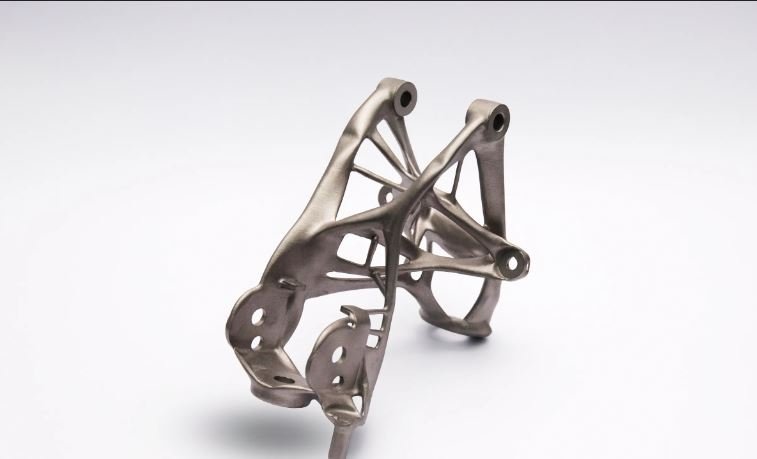The future of car parts promises to transform the automotive industry dramatically. Advances in technology, especially 3D printing, are revolutionizing how car parts are designed, manufactured, and distributed. This shift impacts not only the efficiency of production but also the overall customization of vehicles.

The Role of 3D Printing in Car Parts
The car component advancement begins with 3D printing technology. 3D printing enables manufacturers to create complex car parts quickly and cost-effectively. Traditional manufacturing processes often involve lengthy setups and expensive molds. In contrast, 3D printing reduces these costs by allowing rapid prototyping and production. As a result, manufacturers can design and produce customized parts on demand.
The flexibility of 3D printing leads to more innovation in car part design. For instance, engineers can experiment with new materials and structures that were previously impossible. They can create parts with intricate geometries, which improves vehicle performance and efficiency. Furthermore, 3D printing reduces waste by using only the necessary amount of material. This environmental benefit aligns with the growing focus on sustainability in the automotive industry.
Benefits of Advanced Manufacturing Techniques
The future of car parts also includes advancements beyond 3D printing. Techniques like additive manufacturing and digital fabrication are gaining traction. Additive manufacturing builds parts layer by layer, enhancing precision and reducing material usage. This approach allows for the creation of lightweight and strong components, which can significantly improve vehicle performance.
Digital fabrication complements these techniques by integrating computer-aided design (CAD) with manufacturing processes. This integration streamlines the production process and ensures accuracy in every part produced. By combining these technologies, manufacturers can produce high-quality parts more efficiently. Consequently, they can offer better performance and reliability in their vehicles.
Customization and On-Demand Production
The future of car parts focuses on customization and on-demand production. Consumers increasingly seek personalized vehicles tailored to their preferences. With 3D printing, manufacturers can easily produce bespoke parts that meet specific customer requirements. This capability enhances the overall driving experience and customer satisfaction.
On-demand production also eliminates the need for large inventories. Traditional manufacturing often requires storing a significant number of parts, which can lead to excess inventory and higher costs. However, with 3D printing, parts can be produced as needed, reducing storage costs and improving supply chain efficiency. This shift not only lowers operational costs but also enables faster response times to market demands.
The future of car parts promises to bring even more innovations. Technologies like smart materials and embedded electronics are on the horizon. Smart materials can adapt their properties in response to environmental conditions, offering dynamic performance improvements. Meanwhile, embedded electronics can enhance functionality and connectivity in car parts, leading to more advanced and integrated vehicle systems.
Conclusion
The future of car parts looks bright with the advent of 3D printing and other advanced technologies. 3D printing offers unparalleled flexibility and cost-efficiency, while additive manufacturing and digital fabrication enhance precision and material use. Customization and on-demand production provide significant benefits, from personalized vehicles to reduced inventory costs. As technology continues to evolve, the automotive industry will likely see even more transformative changes in car part manufacturing. Staying ahead of these advancements will be crucial for both manufacturers and consumers seeking to optimize vehicle performance and sustainability.

